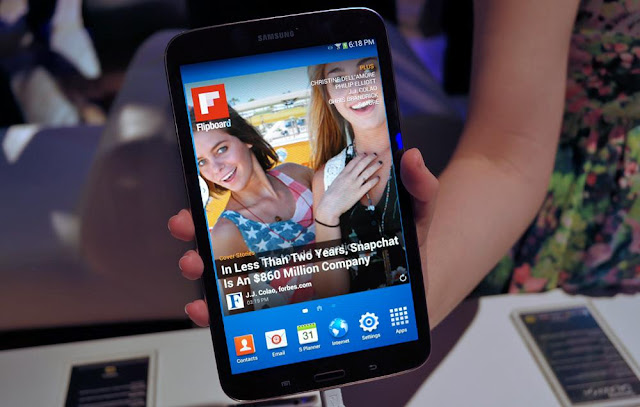
Warning: Follow the guide at your own risk, AndroidRevisited will not be held responsible if anything goes wrong by following the steps mentioned below. You’ve been warned!
This tutorial will guide you on how to install custom recovery on the Samsung Galaxy Tab 3 8.0. This tutorial is very simple, so follow closely and it’ll not go wrong.
However before we begin I would like to warn you that while you install custom recovery on the device, there is a risk of brick any form of damage on your device. Its a good practice for you to backup your device to an external source apart froing your own device. So if you still want to proceed, you’ll be doing it at your own risk and we will hold no responsible form your own SD Card.
- Download the Odin307.zip , TWRP_T31x_r3.tar .
- Extract the Odin307.zip that you’ve downloaded to a folder on your desktop.
- Copy and paste the TWRP_T31x_r3.tar file to the Odin307 folder that you’ve extracted.
- From the extracted folder, look for Odin_v3.07.exe and launch the application.
- Boot the Samsung Galaxy Tab 3 8.0 into Download Mode by pressing the Home , Volume Down and Power buttons together for a moment.
- Connect the tablet to your Windows computer using an appropriate USB cable.
- Your computer may prompt you that it’ll be installing a device driver at this point of time – do not interfere with the installation.
- Once done, the ID:COM box on the Odin interface should turn yellow.
- Select the PDA button on Odin and search for the TWRP_T31x_r3.tar file and run it.
- On the option section, make sure only the Auto Reboot and F. Reset Time are selected – and click on the Start button.
- Your device will reboot again.
- Congratulation! You’ve successfully installed the custom recovery on theSamsung Galaxy Tab 3 8.0 !
This is how you install custom recovery on the Samsung Galaxy Tab 3 8.0. Simple as it is, so if you follow the procedure closely you should be able to install it in less than an hour.


